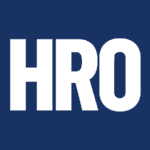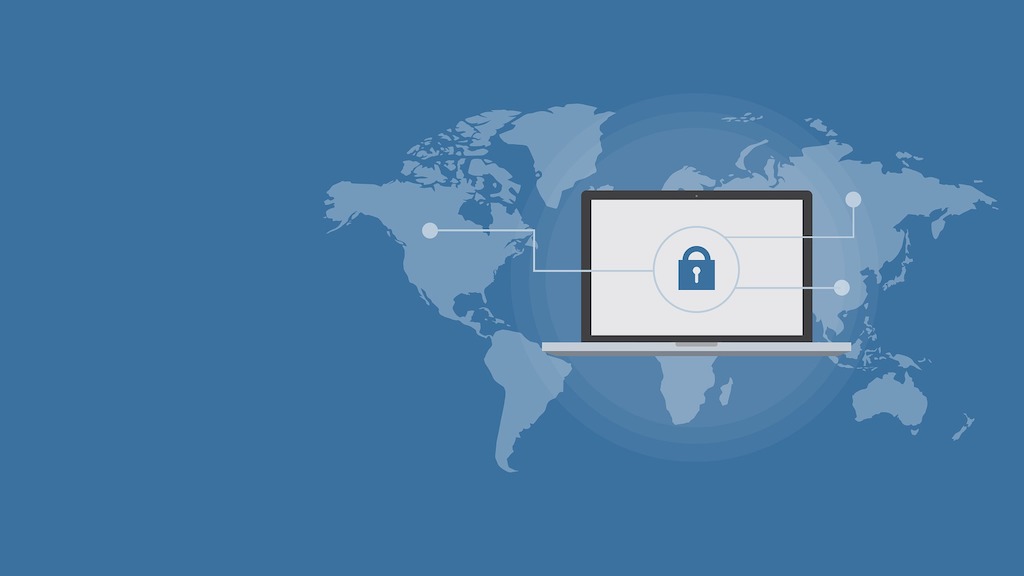In late December 2020, Congress passed the $900 billion COVID-19 relief package, of which $284 billion has been allocated for the Paycheck Protection Program. In other words, the second round of funding for the Paycheck Protection Program is finally here!
See below for a side-by-side comparison of the first and second rounds of PPP.
Side-by-Side Comparison of PPP Round 1 vs Round 2
| Round 1 | Round 2 | |
| Size of PPP Relief Package | $349 Billion | $284 Billion |
| Maximum Loan Amount | $10 Million | $2 Million |
| Payroll Multiplication Rate | 2.5x | 2.5x or 3.5x* |
| Use of Funds | Payroll costs, employee benefits, rent & utility payments | Expands what you can use these funds for (see below) |
| Eligibility | 500 ee’s and below | 300 ee’s and below; Revenue reduction of 25% or greater quarter-over-quarter |
| Forgiveness | New rules expanded to cover 24-week period. See here for complete guidance: https://home.treasury.gov/system/files/136/PPP-Forgiveness-Factsheet-508.pdf | Simplified process for loans under $150k |
*Businesses in the hospitality industry with NAICS Code 72, are able to multiply payroll by 3.5x.
What is the Maximum Loan Amount for Those Reapplying for PPP?
A key change in the PPP Round 2 is the maximum loan amount reducing from $10 million to $2 million for those reapplying. Similar to the first round, borrowers can calculate their loan amounts by multiplying their average total monthly payroll in (a) the one-year period prior to the date on which the loan is made, or (b) calendar year 2019, by 2.5x. Businesses in the hospitality industry with NAICS Code 72, are able to multiply payroll by 3.5x.
What Expenses Can This PPP Loan Be Used For?
The new bill has expanded on what is considered an eligible use of a PPP loan. This expanded list applies to existing and new loans. The four new cases in which a PPP loan can be used are:
Covered Operations Expenditures: Defined as “a payment for any business software or cloud computing service that facilitates business operations, product or service delivery, the processing, payment, or tracking of payroll expenses, human resources, sales and billing functions, or accounting or tracking of supplies, inventory, records and expenses.”
Covered Property Damage Costs: Defined as “a cost related to property damage and vandalism or looting due to public disturbances that occurred during 2020 that was not covered by insurance or other compensation.”
Covered Supplier Costs: Defined as “an expenditure made by an entity to a supplier of goods for the supply of goods that” are essential to the business operation or that is made pursuant to a contract, order or purchase order. Of interest, this specifically applies to “perishable goods.”
Covered Worker Protection Expenditures: Defined as “an operating or a capital expenditure to facilitate the adoption of the business activities of an entity to comply with requirements established or guidance issued by the Department of Health and Human Services, the Centers for Disease Control or the Occupational Safety and Health Administration, or any equivalent requirements established or guidance issued by a State or local government during the period beginning on March 1, 2020.” This can include things such as PPE, physical barriers, indoor/outdoor space expansion, ventilation or filtration systems and drive-through windows.
Who Can Apply For Round 2?
While the use cases have expanded in PPP Round 2, the eligibility has been limited for those reapplying for a PPP loan. For second time borrowers, your business must:
(i) employ no more than 300 employees (down from 500) or meet an alternative size standard;
(ii) have used the entire amount of the first PPP loan or will use such amounts, and
(iii) have gross receipts during Q1, Q2, Q3, or Q4 2020 that were at least 25 percent less than the gross receipts from the same quarter in 2019.
Will PPP Round 2 Be Forgivable?
The bill includes a simplified forgiveness application that must be created by leaders within the next 24 days. A PPP borrower with a loan up to $150,000 will be granted forgiveness by completing a one-page form. They will also have to maintain records to prove how the funds were used over the past, roughly, three to four years. Borrowers requesting more than $150,000 will need to submit multiple documents showing how the funds were used. If the funds were used in accordance, the loan becomes a forgivable loan.
Need help navigating PPP loans or insurance? At HRO Resources we know small businesses, and we’re here to help you through these tough times. Schedule a call today.
Disclaimer: We are providing PPP-related information to benefit you and your business. This information may change and we are not responsible for updating this webpage. This information is not to be used as legal or tax advice.

